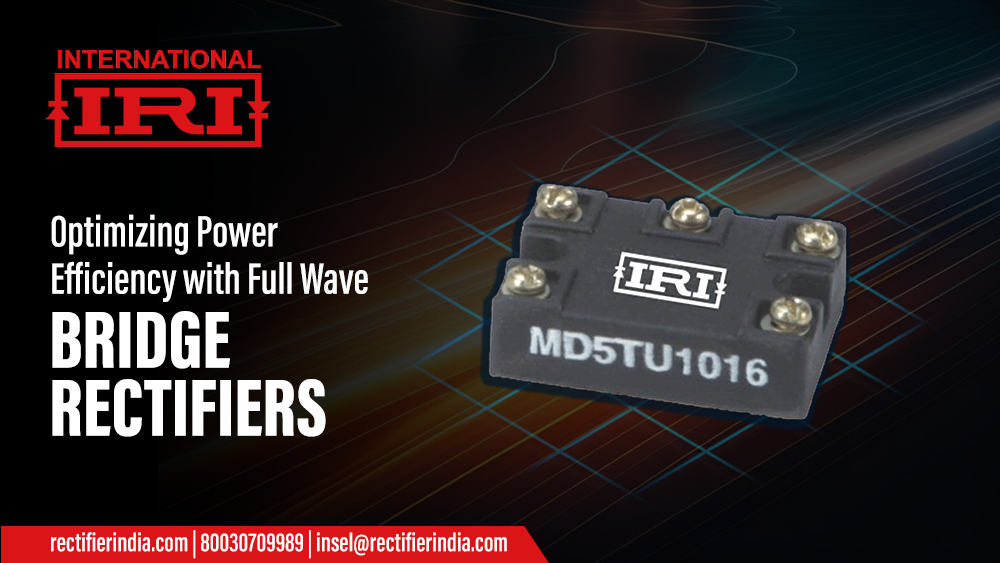Mastering Three-Phase Rectifiers: Everything You Need to Know
Three-phase rectifiers are essential components in electrical systems, converting alternating current (AC) into direct current (DC) for various applications. They play a crucial role in industries ranging from power generation and distribution to motor control and renewable energy systems. Understanding the different types of three-phase rectifiers, such as three-phase bridge rectifiers and three-phase diode bridge rectifiers, along with selecting the right manufacturer, is key to optimizing system performance and reliability.
Types of Three-Phase Rectifiers
Three-Phase
Bridge Rectifier: This type of rectifier
utilizes a bridge configuration consisting of diodes to convert three-phase AC
voltage into DC voltage. It offers higher efficiency and lower voltage ripple
compared to other rectifier configurations, making it suitable for high-power
applications like industrial motor drives and power supplies.
Three-Phase
Diode Bridge Rectifier: The three-phase diode bridge rectifier functions
similarly to the bridge rectifier by transforming three-phase AC voltage into
DC voltage. However, it differs in its use of diodes instead of thyristors,
which simplifies its design and reduces costs. Although it may exhibit slightly
higher voltage ripple and lower efficiency than the bridge rectifier, it
remains a popular choice for medium to low-power applications due to its
affordability and practicality.
Choosing the Right Manufacturer
Selecting a
reputable three-phase rectifier manufacturer is crucial to ensure
product quality, reliability, and performance. Here are some factors to
consider when choosing a manufacturer:
Experience and Expertise:
Look for manufacturers with years of experience and expertise in designing and
producing three-phase rectifiers. They should have a proven track record of
delivering high-quality products that meet industry standards.
Product Range and Customization: Choose a manufacturer that offers a wide range of three-phase
rectifiers to suit your specific application requirements. Additionally, they
should be able to provide customization options to tailor the rectifiers to
your unique needs.
Quality and Reliability:
Ensure that the manufacturer follows strict quality control measures throughout
the production process to guarantee product reliability and longevity.
Certifications such as ISO accreditation can be indicators of adherence to
quality standards.
Technical Support and Service: Opt for a manufacturer that provides excellent technical support
and after-sales service. They should be readily available to assist with
installing, troubleshooting, and maintaining the rectifiers.
Customer Feedback and Reviews: Research customer feedback and reviews to gauge the satisfaction
level of previous clients with the manufacturer's products and services. Positive
reviews and testimonials can provide valuable insights into the manufacturer's
reputation and reliability.




Comments
Post a Comment